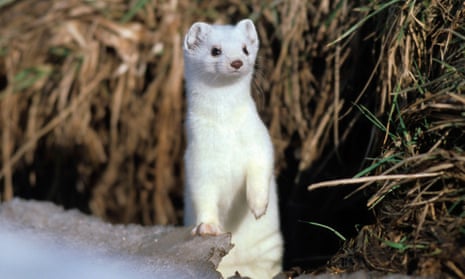Penrith
What is commonly known as protective colouring in nature is a theme of never-failing interest among lovers of the wild, and not least how nature can change the colour of an animal’s coat to harmonise with prevailing conditions. A town-dweller, accustomed to acquiring his nature knowledge from textbooks rather than by personal observation, might be pardoned for believing that certain changes always occur in given circumstances. For example, there is a popular belief that the wily stoat, normally brown in colour (save for the end of his tail), puts on a white or cream coat in the winter. This is only partly true. During many years’ experience of outdoor life in Cumberland and Westmorland I have not, until recently, seen a stoat in a full winter coat since about 1929 when we had an exceptionally long period of snow. Last week, however, at a meeting at our Natural History Society, a member brought in for exhibition the pelt of stoat he had recently killed; it was all white, or, rather, a dull cream. The production of this skin opened up a field of thought.
In the north of Scotland, where snowy winters are the rule rather than the exception, stoats habitually change the colour of their raiment in order to conceal their presence from enemies or prey; but in this district, where snow is usually short-lived except on mountains or very high ground they do not as a rule change colour. So far this year we have had a longer lie of snow than for many years past, and the question arises: did this stoat rapidly change its dress to meet the existing state of the weather, or had it some instinct of foresight which enabled it gradually to anticipate an unusually long period of snow?

Comments (…)
Sign in or create your Guardian account to join the discussion